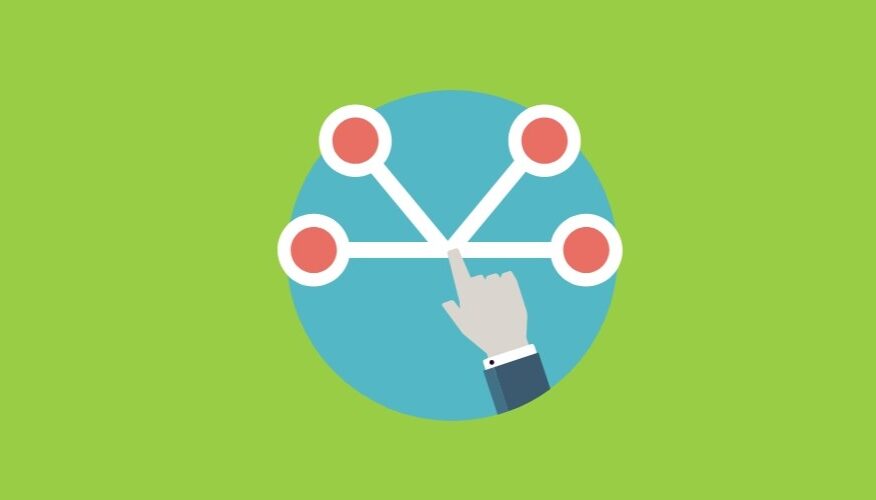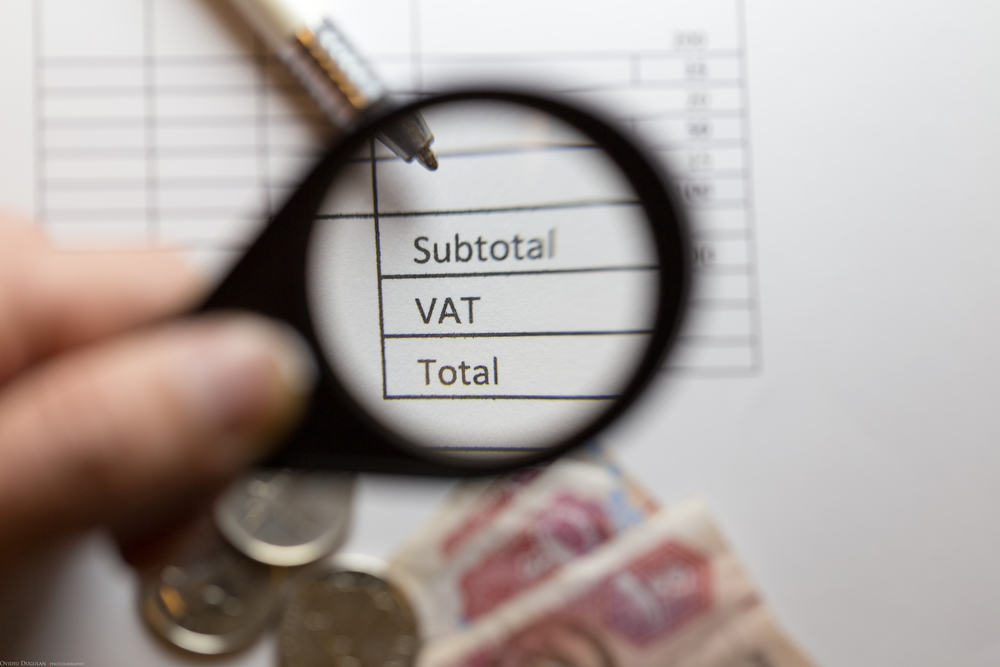
VAT Schemes: An In-Depth Guide to Selecting the Right Option for Your Business
VAT Schemes: An In-Depth Guide to Selecting the Right Option for Your Business
What is a VAT scheme?
A VAT scheme is a programme designed to simplify the way some VAT-registered business calculates and pays VAT for HMRC
There are a total of 5 Main VAT schemes with ones of these having three subdivisions.
The different schemes are:
- The Flat Rate Scheme
- The Annual Accounting Scheme
- The Cash Accounting Scheme
- The Margin Scheme
- The Retails Schemes:
- The Point of Sale scheme
- The Apportionment scheme
- The Direct calculation scheme
The Flat Rate Scheme
The Flat rate scheme is distinct from the others as it allows you to keep the difference between what you charge your customers and what you pay to HMRC.
Normally the amount of VAT a business pays or claims from HMRC is the difference between VAT charged to customers and the VAT paid for the business’ purchases.
If you decide to join this scheme you do not have to keep detailed records of sales and invoices. It will also allow you to pay a fixed-rate percentage that is lower than the standard rate which is 20%. Additionally, if it is your first year as a VAT registered business you can get a 1% discount.
However, the usefulness of this scheme relies on your business type as you pay a different rate if you only spend a small amount on goods.
You cannot use the flat rate scheme of any of the following apply:
- You have left another scheme in the last 12 months.
- You have committed a VAT offence in the last 12 months, for example VAT evasion.
- Your business is closely associated with another business.
- You have joined a margin or capital goods VAT scheme.
The Annual Accounting Scheme
Normally you must submit a VAT return every three months for your financial year meaning you have to submit four returns a year.
However, if you are on the annual accounting scheme you only have to submit one a year. You can also use previous returns to produce estimates that allow you to make advanced payments to HMRC.
Once your VAT return has been submitted you would then make the final payment being the difference between your actual bill and the advanced payments you may have made. Or if you have overpaid you will be able to claim a refund.
The downside to this is that this may not suit your business if you regularly claim VAT as you will only be able to get one refund a year when you submit your VAT return.
The Cash Accounting Scheme
When calculating how much VAT you owe to HMRC you find the difference between your sales invoices and your purchase invoices, you have to report these figures and pay money to HMRC even if the invoices have not been paid yet.
But if you use the cash accounting scheme you can circumvent this by being allowed to pay VAT on your sales when your customer pays you and reclaim VAT on your purchases when you have paid your suppliers.
However, to qualify for this scheme your VAT taxable turnover must be £1.35 million or less.
The Margin Scheme
Being on a VAT margin scheme lets you calculate the VAT on the value you add to the goods you sell rather than on the full selling price of each item.
If you are selling any of the following being on this scheme reduces the VAT you pay:
- Second hand goods.
- Works of art.
- Antiques.
- Collectors’ Items
You can only use this scheme if you were not able to claim back any VAT when you bought the goods.
You cannot use the margin scheme for any of the following:
- Any item you bought which you were charged VAT on.
- Precious Metals.
- Investment gold.
- Precious Stones.
There are some exceptions to these rules and if you sell any of the following, they all have different rules that need to be followed:
- Second-hand vehicles.
- Horses and ponies.
- Houseboats and caravans.
- Items that have been pawned.
The Retail Schemes
You can use one of the three retail schemes if you are a retail business and sell a significant amount of low value or small quantity items to the public with different VAT liabilities.
The retail schemes allow you to calculate your VAT once with each VAT return rather than calculating it for each sale you make.
You cannot use the retail schemes if you use the flat rate or margin scheme.
Do you have to choose a VAT scheme?
VAT schemes are optional, and you do not have to choose one.
If you decide that being on a VAT scheme is not right for you here is what you can expect.
You will automatically be put onto the standard VAT accounting scheme which follows the principles of accrual accounting which means that financial events are recognised when they occur regardless of when payment is made.
So, when filling a return, the VAT will correlate to the quarter in which the invoice is received or raised.
Except for VAT exempt items you will find all other sales to be standard rated (20%).
How do the schemes differ?
All the schemes have different thresholds, conditions and cause the business to interact differently with HMRC. This includes small differences such as the frequency at which payments and VAT returns are submitted to HMRC and larger differences like how the VAT is calculated and what goods/services are exempt.
The Table below shows the thresholds for the schemes that have them, those not listed here while not having thresholds instead have specific conditions that need to be met prior to joining.
| Threshold to join scheme | Threshold to leave scheme | |
| Flat Rate Scheme | £150,000 or less | More than £230,000 |
| Cash Accounting Scheme | £1.35 Million or less | More than £1.6 Million |
| Annual Accounting Scheme | £1.35 Million or less | More than £1.6 Million |
Determining the right scheme for you
First it is important to determine if being VAT registered is right for you, for determining this please see our other post called: When does my business need to become VAT registered?
Once you’ve determined that being VAT registered is right for you do you start looking into different schemes. Outside of the schemes with specific conditions the readily available schemes are threshold dependant, this alone will restrict the number of schemes available to choose from.
After the choices have been narrowed down it is mostly down to preference on how you would like to interact with HMRC. For deeper explanations on which scheme might be right for you as well as a breakdown of the scheme please see our other posts outlining this.
Is it possible to change schemes?
Yes, it is possible to change schemes, but this can only be done at certain times or when conditions are met.
For the threshold schemes the exit conditions are outlined in the table above.
As for the retail schemes you can chose to leave any of the schemes at eh end of any VAT period. However, if your turnover rises above £130 million you will have no choice but to leave the scheme immediately. As for changing after leaving the scheme this can be done one year after joining a scheme.
